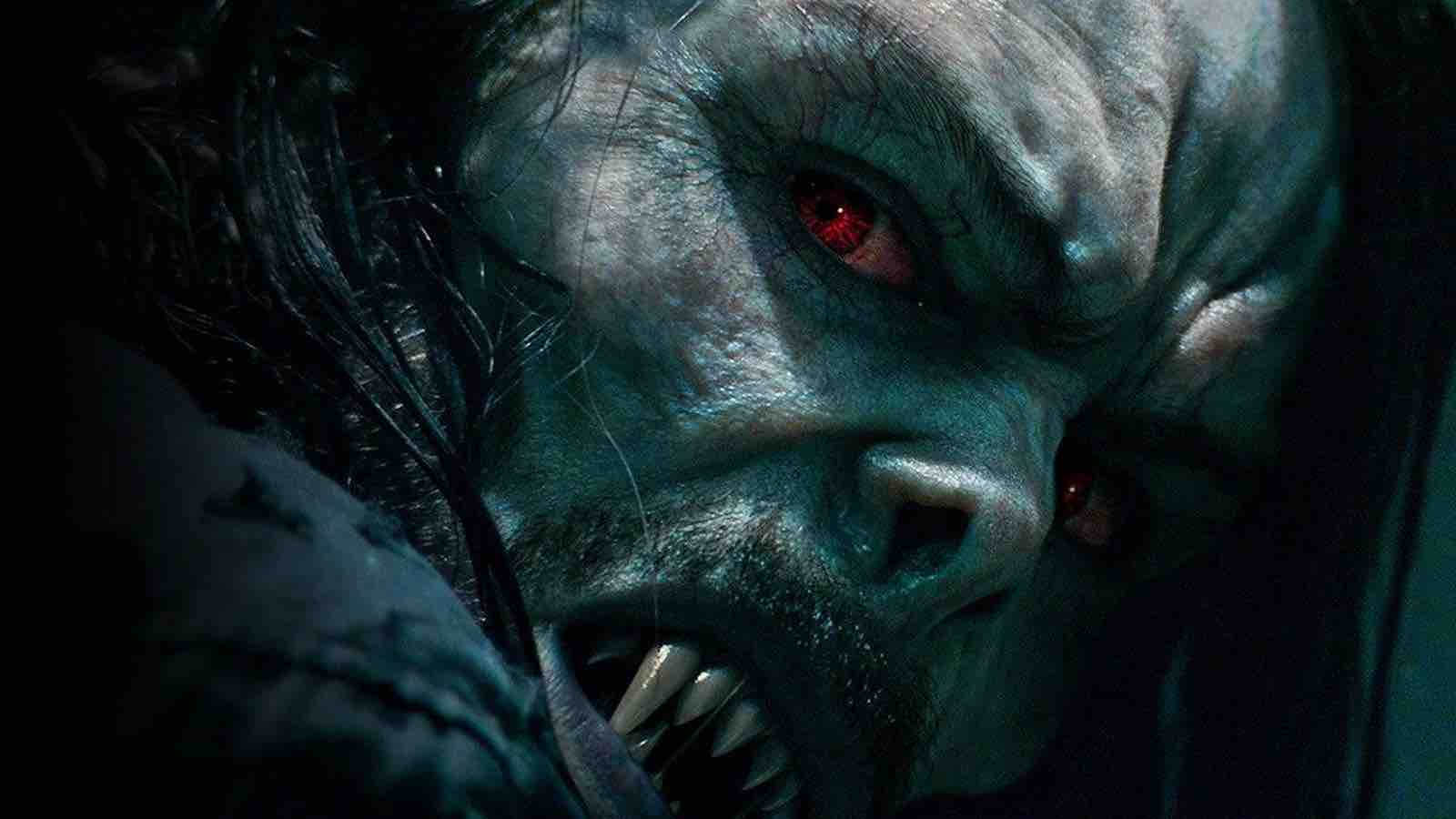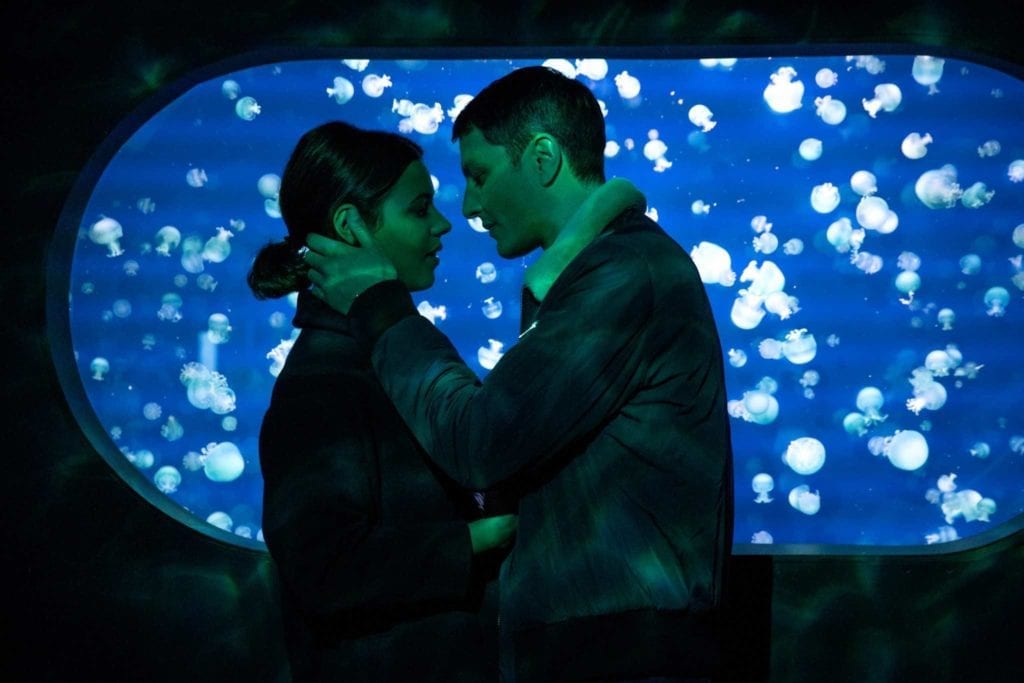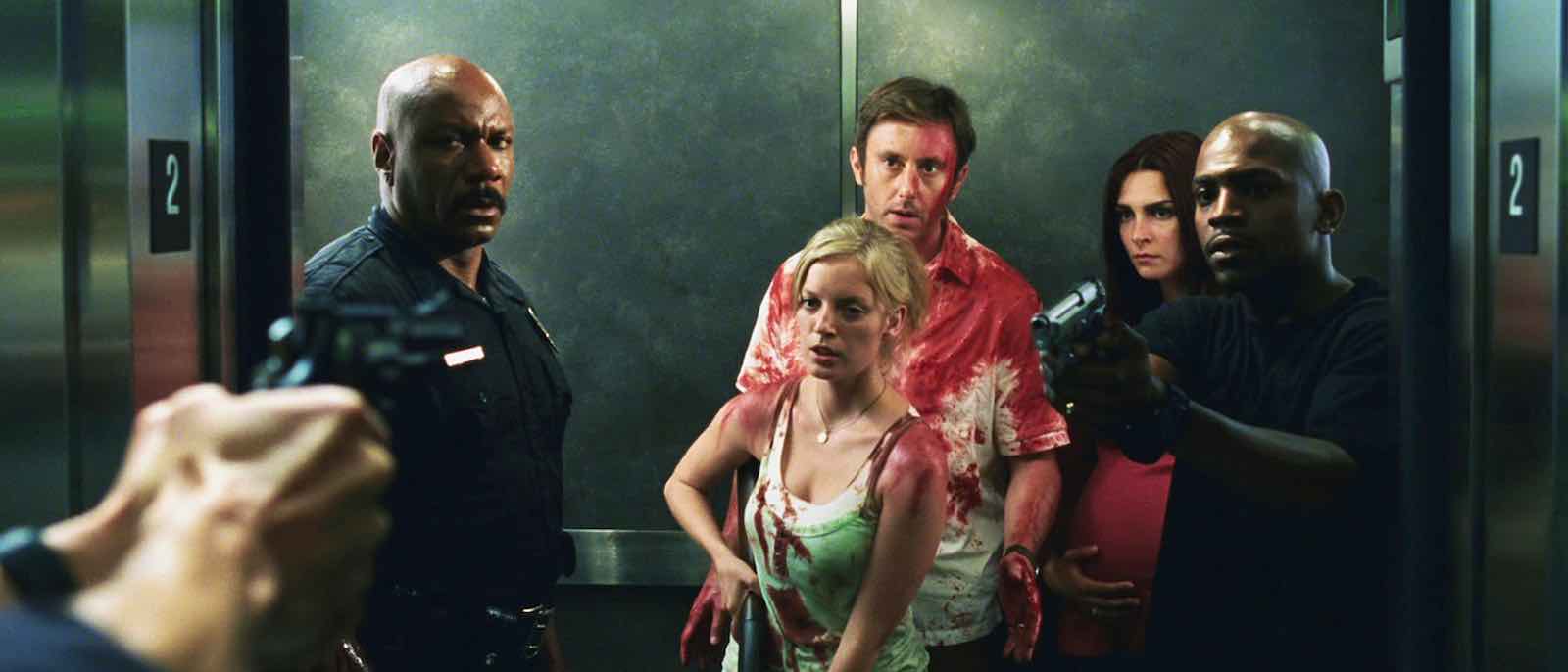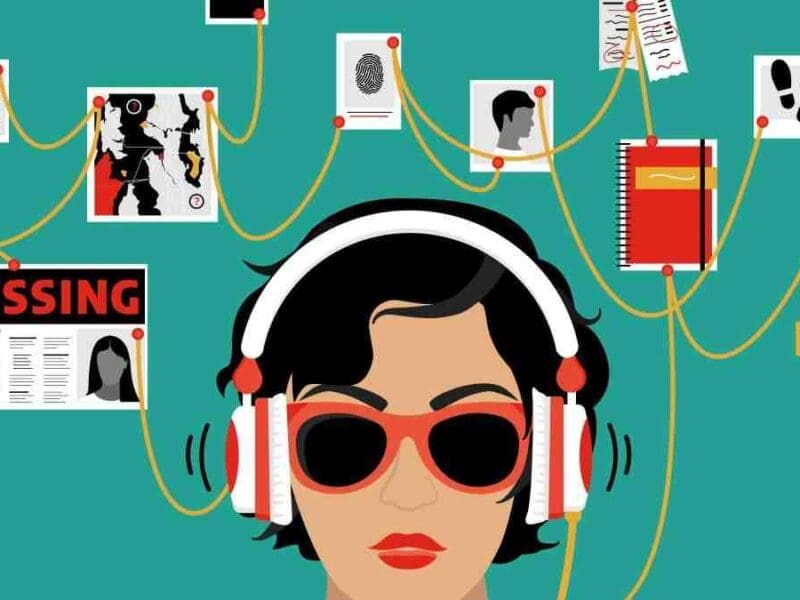
How to create blood-curdling horror that isn’t horrible
Horror is part of the human race’s narrative history; we have been fascinated by it since we started scratching stories on our cave walls. Nothing clears away the cobwebs and gives us back some perspective like watching someone having a much worse day than us.
So you said something dumb on your conference call today? At least you’re not being haunted by your murdered neighbor. Or maybe you’re depressed because you put on a few pounds? Compare that to being possessed by a demon or getting chainsawed to death. It’s no wonder we love the immersive escapism of a good horror.
All stories contain moments of fear and jeopardy, essential to raising the stakes and creating the conflict central to every film. But if you want to write a truly great blood-curdling horror, these are the essentials you need to understand.

Embrace the existential
Fear exists to keep us alive for as long as possible, meaning our primal fears of death, imprisonment, and pain create the backbone of a good horror story. Dig deep into your characters’ motivations (not literally – we’re not talking about gore yet) and bring their primal fears to the fore. Ghost stories and urban legends are often a great source of inspiration, as they have transcended the years by the power of an existential tragedy or threat.

Write two stories
Your horror still needs a solid story behind it if an audience is going to suspend their disbelief. Why do your characters end up at that cabin in the woods? Why is your heroine walking alone at night? Think about how your story would have played out without the element of horror. Remember, there needs to be human drama and conflict within the characters’ world to add authenticity to the treat.

The unknown
Monsters and threats are always scariest before we see them. Like our fear of the dark, it’s the unknown that’s most frightening. Think Jaws and Alien; the terror comes from not being able to see the full threat. Keep yours hidden for as long as possible or, better yet, keep the audience in the dark for the whole film.

Don’t tell – and don’t show either
The first thing a writer learns is “Show, don’t tell”. In horror, the opposite applies to the monster – and your characters, too. Don’t spoon-feed your audience with backstories and explanations. It’s enough to hint at these things and leave the rest to the imagination. This is especially true if you have a villain instead of a monster; giving them a backstory makes them more relatable and thus less frightening. “Never apologize, never explain.”

Flawed characters
While your characters may not need a backstory, they do need fully rounded personalities. Underwriting means your audience won’t feel invested in their plight. Proactive characters with a solid and relatable reason for putting themselves in danger are the ones viewers will root for the most. Giving characters a flaw and having them make mistakes (potentially fatal ones) only increases the tension.

Keep hope alive
Fear works best when the consequences (death, pain, the unknown, etc.) are clear, but there is still hope of escape. If there is truly no means of escape, what does the audience root for? The chase and fight for survival enraptures us, so keep some glimmer of hope alive as long as possible. That makes it all the more powerful when it’s suddenly extinguished at the end.

The horror dichotomy
Most memorable horrors use juxtaposition to alarm us. The most obvious is good and evil; another common one is sex and death. Using tropes or themes in parallel makes each more potent. Find your central theme and its opposite, then play them off each other to make for truly uncomfortable key moments.

Buildup is everything
The key to any successful horror, buildup is difficult to get right. Think of your movie as a prolonged foreplay session. Draw that tension out for as long as possible. Start small and quiet, then gradually build over the scene(s). You must remember to make the pay-off worth it.
This isn’t 7 minutes of heaven; make it 30 minutes of hell. Too many horrors use tired clichés to get cheap jumps out of an audience; sharp orchestral music, a reflection in a mirror, a harmless animal in a bush: all are overused and no longer surprising. Find new ways to create a shock or subvert the audience’s expectations and suddenly relieve the tension altogether.

Revulsion isn’t just about gore
A good horror story is a cycle of dread and revulsion. It builds to a frightening climax and moment of revulsion, then allows for some relief before building again. The gaps between buildups get shorter & shorter and the revulsion gets more shocking each time, driving the plot towards its crescendo. Don’t think revulsion only means blood and gore; psychological harm can be just as repugnant, thanks to our fear of insanity.

Universal fear
Some excellent horrors use the story or its monster to represent a character’s flaw or a real-life problem or situation. Some go as far as to use their film for social commentary (Invasion of the Body Snatchers: xenophobia; Dawn of the Dead: consumerism). Rooting the threat in a universal problem gives it another dimension. Audiences may only recognize this subconsciously, but they’ll sure as hell feel the impact







